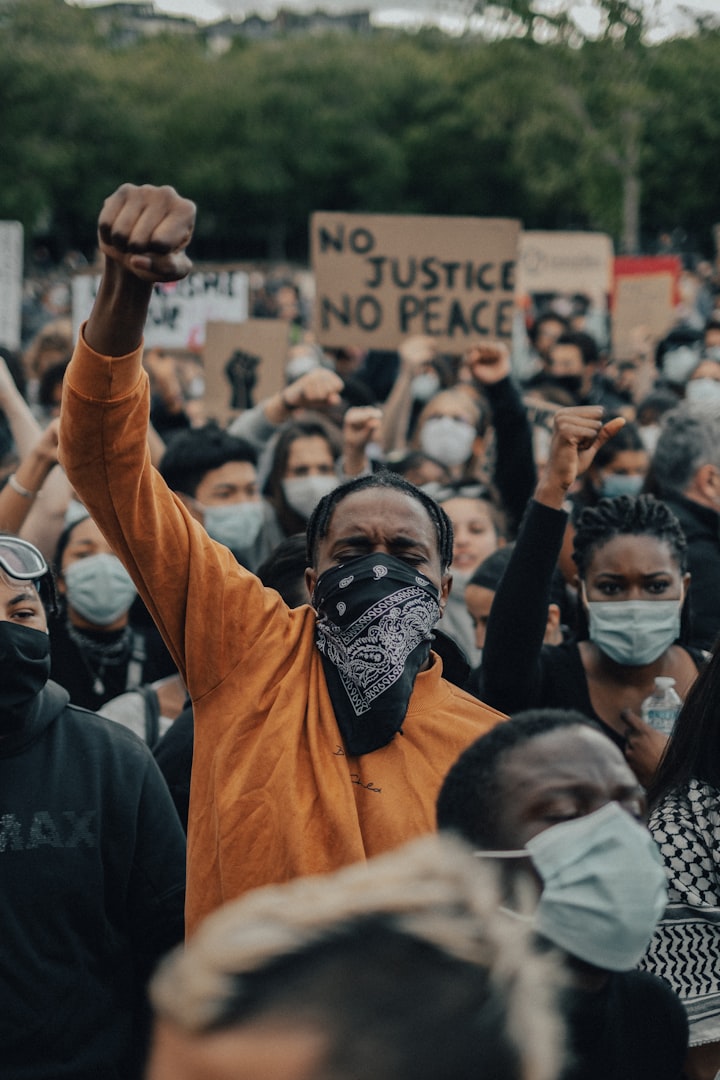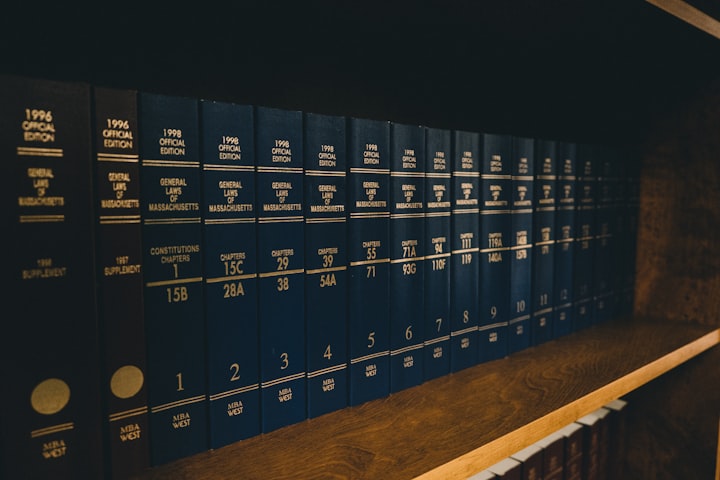Window Protesting
Do what you can, even if it’s not nearly enough.

I’ve spent the past three years looking out of windows. My family went into lockdown earlier than most because my single mom is severely immuno-compromised, and she works in medicine—she knew what we were up against before the government even knew what we were dealing with.
That was before George Floyd was murdered. You’ve seen the video, or you haven’t because maybe you don’t care, or maybe you don’t have it in you to watch such brutality being done to black bodies and souls—not anymore. Maybe you’re a person of color, and have carried around the intergenerational trauma of white violence inside you since before you even possessed language, or maybe you’re white and unaware of your own privilege.
But if you saw the video, I promise it echoed around inside of you afterword, made you realize the hollowness in your chest and in the system itself. I watched it, because as I’ve learned of late, your phone screen is just another kind of window to glimpse through.
That first night of protests, I wanted to be in the streets. My friend had gone with her whole family, armed with only a few N-95s. She sent me pictures, and feeling otherwise powerless, I edited them for her, so that she could post them with the faces of other protesters blurred and blocked out. Because we all remembered what happened to visible protestors last time. They ended up dead, didn’t they?
I started posting pdfs for the books I had read that had been instrumental to my own understanding of race, and how it intersects with police brutality—Frantz Fanon, Toni Morrison, Octavia Butler, James Baldwin. Easy work. Friends wrote to me about escaping just before the cops rolled out the tear gas and rubber bullets. We made lists of people to check in on every day, some of them high schoolers who went to protests alone, so that I could call them and make sure they had survived the day.
Meanwhile, the city of Los Angeles enacted a curfew, a thinly veiled tactic to keep people from peacefully protesting. The white side of my family reached out to me about their outrage over all the “looting” they had seen on TV. I tried to reason with them for hours over Facebook messenger and zoom calls, more windows, although these seeming to look out onto nothingness.
Horrified, I asked my mother if there was any way I could protest that would not put her life in danger, already knowing the answer. I stared blearily out my front window, onto the front lawn beginning to yellow from the summer sun.
Frustrated, I resurrected some old cardboard and made signs—enough to cover the entire lawn. Hammered them into the ground.
Now I watch out my window as people pass these signs on their afternoon walks, far away from the promise of mace and riot gear and arrest warrants.
When we refuse to teach younger generations about the ways in which we as a nation have fallen short, we are begging the most grievous errors of the past to repeat themselves. It is easy to condemn racism or to denounce the institution of slavery in theory alone—imagining that for all of their horrors, these “concepts” are confined to the black and white of history. It is more difficult to confront the ways that racism is still very much alive in the present—the ways in which certain legacies cannot be neatly reformed or conveniently rewritten.
The truth is that all white people benefit from racism, however unconsciously or indirectly. Ultimately, the prestige and success of this country, and indeed of western capitalism itself, are built upon the exploitation, torture, and murder of enslaved peoples. Even now, the various structures of oppression (patriarchy, capitalism, systemic racism and transphobia, to name but a few) are interlocking, so that what keeps one community marginalized, inhibits the freedoms and vivacity of all other groups. Horrifically, those at the intersections of various marginalized groups (i.e. black transgender women) are frequently the ones to sustain the most violence as a result. And now more than ever, these truths are ours to contend with.
Do what you can, even if it’s not nearly enough.
About the Creator
Katie Alafdal
queer poet and visual artist. @leromanovs on insta






Comments
There are no comments for this story
Be the first to respond and start the conversation.